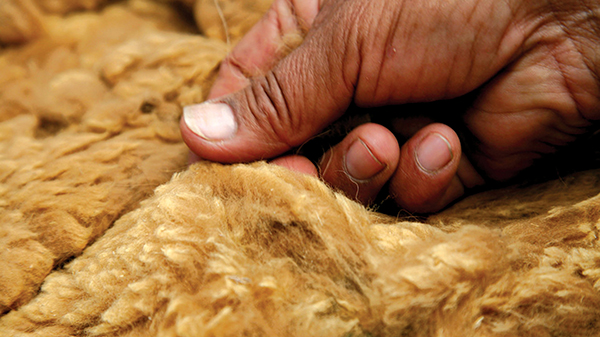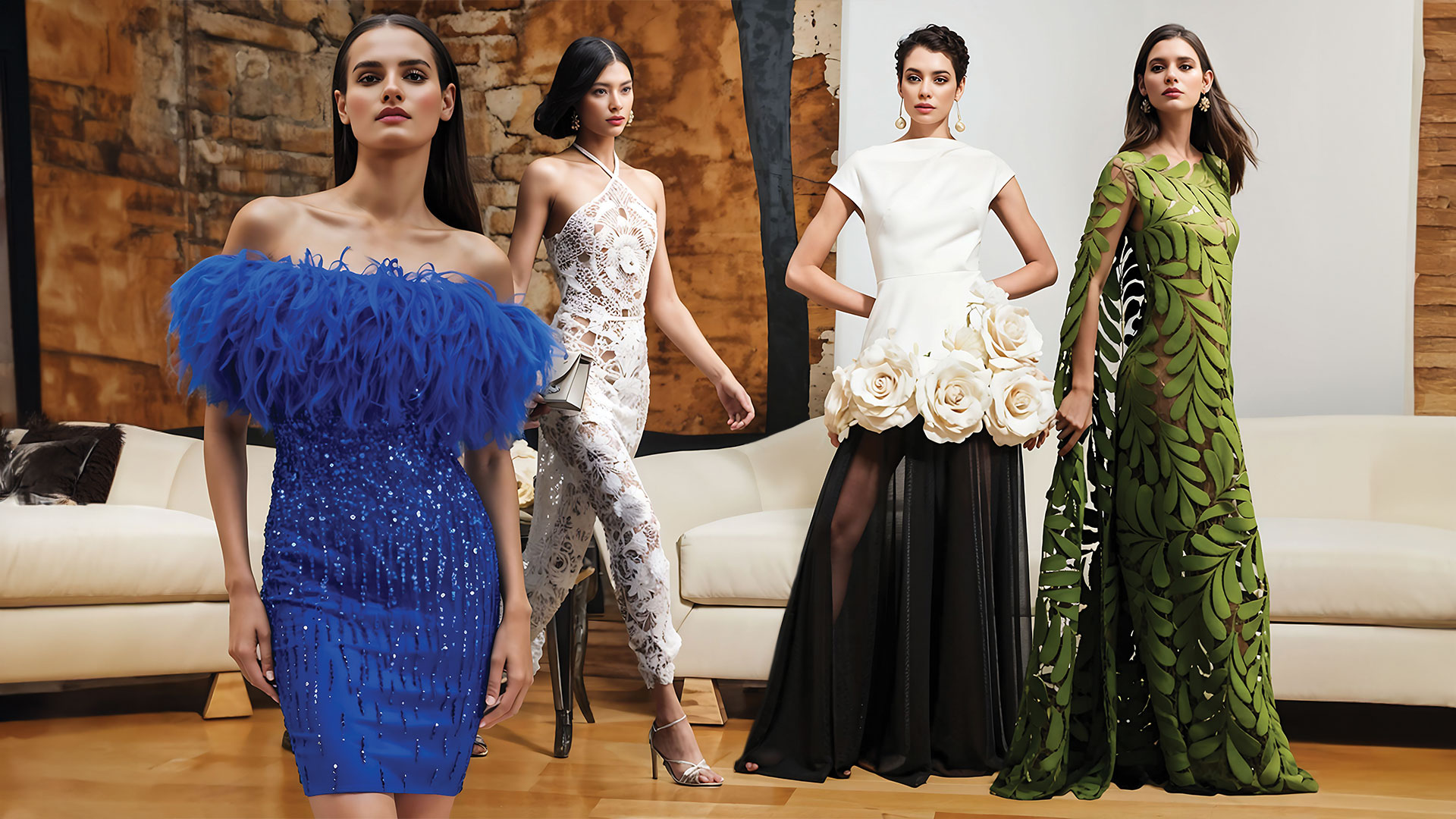
Vicuna Wool: The world’s most expensive fabric
With the onset of cooler winter weather, what is the most luxurious, warmest fabric that you can buy? No, it’s not some exotic fur, or cashmere, or even pashmina. It’s another, rarer wool – vicuna, or vicuña in Spanish – courtesy of a South American camelid. A sleeker, more graceful relative of the llama and the alpaca, the vicuna inhabits the high alpine areas of the Andes mountains in Peru. It grows a very fine wool coat that is not just soft and light, but also exceptionally warm in order to ward off the often-freezing Andean climate.
Harvesting vicuna wool has been a prized trade in Peru for centuries, and its bearer holds a special place in local culture. The vicuna is the national animal, gracing the Peruvian flag, coat of arms and coins. Proving hard to harvest for a multitude of reasons, the raw wool sells for upwards of US$300 per kilogram. Once spun into yarn and crafted into sumptuous coats and suits, prices soar to tens of thousands of dollars.
But just what makes it so costly, and why have the well-heeled clamoured to acquire this coveted fleece through the ages? We delve into some lesser-known facts about the world’s most expensive fabric.
“Wearing garments woven from [vicuna] wool was the equivalent of being swathed in gold, and the privilege was reserved solely for royalty”
Prized by the Incas
During the rule of the Incas – a civilisation that thrived from the early 13th century and rose to form an empire (1438-1533 AD) across western South America – vicunas were considered holy creatures, so much so that it was forbidden to kill them. Wearing garments woven from their wool was the equivalent of being swathed in gold, and the privilege was reserved solely for royalty. At the height of the Inca Empire, it’s thought that some two million vicunas roamed across the Altiplano, which stretches from Peru into Bolivia and all the way down to northern Argentina. Sadly, however, this was not to last…
Hunted by Conquistadors
When the Spanish conquistadors invaded Peru in 1532, they too discovered the camelid’s precious fleece. Dubbing it the “silk of the new world”, they set out to procure the material by force, hunting and killing vicunas for their wool, rather than simply shearing and releasing them as the Incans did. This slaughter continued for centuries, and by the mid 1900s, the population had dwindled to less than 10,000.
Endangered Species
Desperate to counter this drastic situation, in 1967 the Peruvian government created the country’s first vicuna sanctuary – a sprawling 16,000-acre expanse named the Pampa Galeras National Reserve. This was swiftly followed by a complete ban on the vicuna wool trade. Then, in 1975, the Convention on International Trade in Endangered Species (CITES), a multilateral treaty protecting endangered wildlife and flora, placed the animal on its ‘most endangered’ list, simultaneously implementing its own moratorium on the international trade of vicuna.
Community Action
Despite these stringent measures, persistent poachers and a thriving black market saw the vicuna population continue to fall. Finally, the government decided to make rural villagers the custodians of any vicunas grazing in their area and granting them exclusive rights to shear and sell their wool. This would allow sustainable income to be generated by poor rural communities, which in turn would create incentives for them to protect the herd and ward off poachers. These measures turned the tide, and today the number of wild vicunas is some 200,000 strong.
Staying Warm
With the lifting of the CITES ban in 1994, a new generation of shoppers discovered one of the softest, warmest materials in the world. The secret of the vicuna’s ability to retain heat are the tiny, interlocking scales that line its fibres, trapping air within and providing insulation. Vicuna is also one of the finest natural fibres in the world, pipped only barely by shahtoosh, a Tibetan antelope hailed as the ‘king of fine wools’.
In the textile industry, the finer the fibre, the higher it is priced. A vicuna hair measures just 12 microns in diameter. By comparison, the best quality cashmere has a diameter of 14-15 microns. The thinness of the fibres contributes to its roughly 10-percent lighter weight. Due to its sensitivity to chemical dyeing treatments, in most instances, it comes in its natural hues of light beige or pale white.
“The Andean camelid’s pretty, gossamer coat can take three years to grow back after being sheared, and a single vicuna only produces about half a kilogram of wool per year”
Slow Harvest
The slow rate of harvesting vicuna wool also accounts for the exorbitant price of that super-soft scarf or covetable jacket. In some cases, the Andean camelid’s pretty, gossamer coat can take three years to grow back after being sheared, and a single vicuna only produces about 0.5kg of wool per year. Today, the wool is gathered in much the same manner as it was during the Inca Empire. Called the Chacu method, this semi-religious ceremony sees shearers form a communal human chain to round up and shear the animals and then letting them roam free once more.
Supply & Demand
While these remote communities do trade in vicuna wool, by far the world’s largest supplier is Italian luxury fashion house Loro Piana, which began investing in vicuna reserves and preservation initiatives in Peru in the ’80s. By 1994, the government had officially selected the brand as its exclusive partner in the harvesting, processing and treating of vicuna wool, both as a raw material and finished product. Loro Piana’s own vicuna reserve is said to yield between 13,000 and 17,500 pounds of the golden fleece annually. While this amount pales in comparison to the colossal 22 million pounds of cashmere it produces a year – likewise the world’s number one – it translates into a handsome sum considering vicua’s peak market price.
That’s not to say Loro Piana has a monopoly, however; other brands are known for fashioning deluxe garments from this rare yarn. Ermenegildo Zegna, Brioni and Holland & Sherry, for instance, source their vicuna independently. The pieces are blissfully soft, and the prices eye-watering. German legwear specialist Falke offers a US$620 pair of vicuna socks, while made-to-measure suits by elite Italian tailor Kiton start at US$40,000. For the warmest of winters, there is no finer choice than vicuna – if you can afford it.














